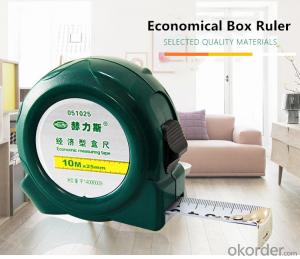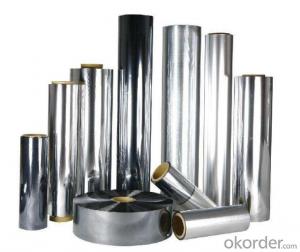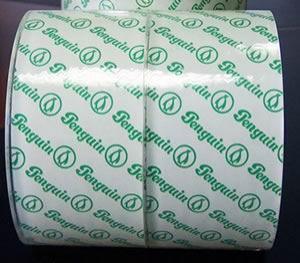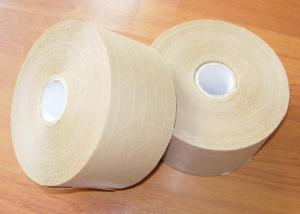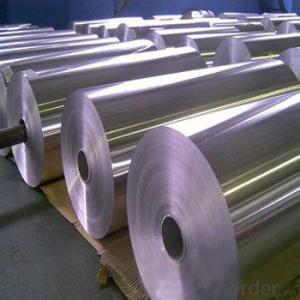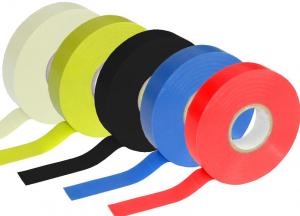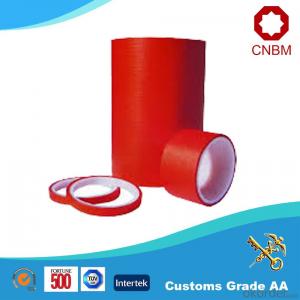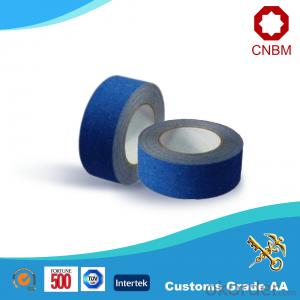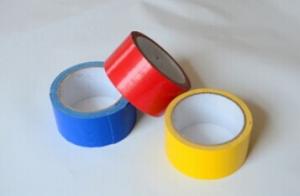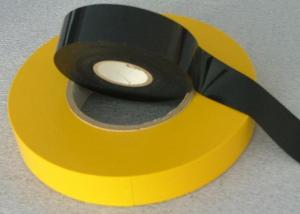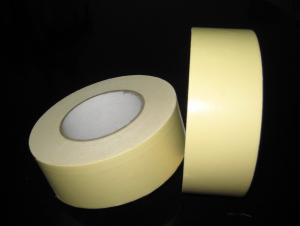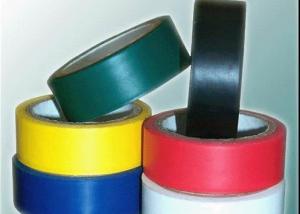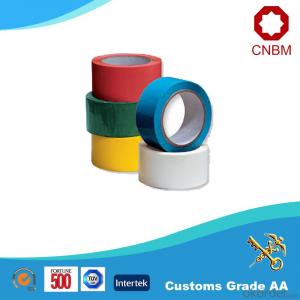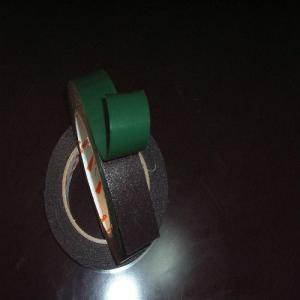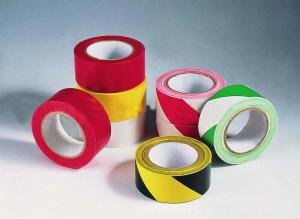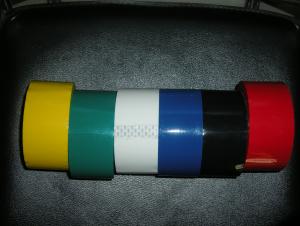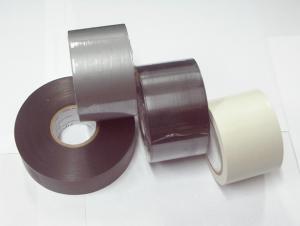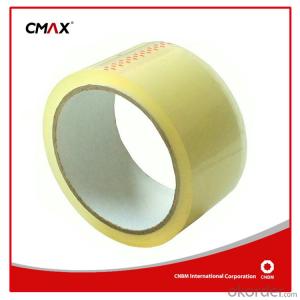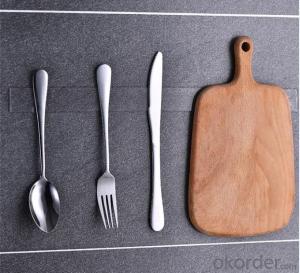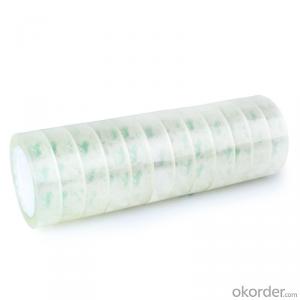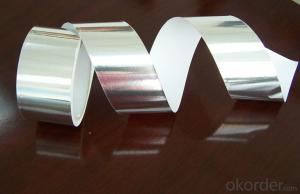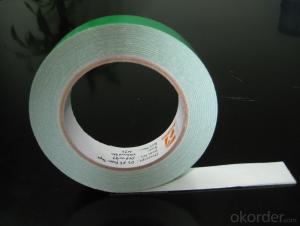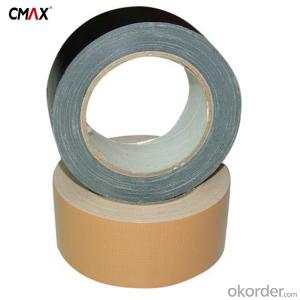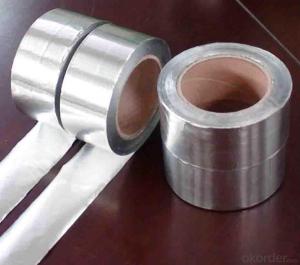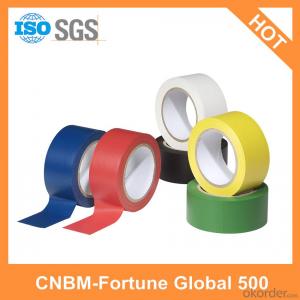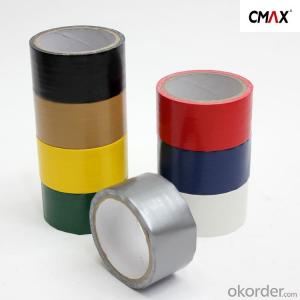Packaging Tape
Packaging Tape Related Searches
Led For Cannabis Growing Marketplace For Construction Materials Kst Values For Common Dusts Bedside Table With Light Light Fixture With Chain Plastic Storage Tubes With Caps Ge Dehumidifier With Pump Gas Furnace With Ac Teal Accent Chair With Arms Nightstand Lamp With UsbHot Searches
Inverter Size For Solar System Solar Panel Inverter Size Cost Of Drywall Per Sheet Large Size Aluminum Foil Aluminum Foil Market Size Solar Inverter Market Size Solar Inverter Size Chart Solar Inverter Size 1 2 Inch Type X Drywall Cost Of Drywall 1 2 Type X Drywall Geomembrane Market Size Geogrid Aperture Size Drywall Corner Bead Types Mini Inverter With Battery Online Shopping Portable Led Signs For Sale 4 Inch Water Pumps For Sale 1 Inch Plywood For Sale Used Woodworking Clamps For Sale Gas Powered Core Aerator For SalePackaging Tape Supplier & Manufacturer from China
Okorder.com is a professional Packaging Tape supplier & manufacturer, offers integrated one-stop services including real-time quoting and online cargo tracking. We are funded by CNBM Group, a Fortune 500 enterprise and the largest Packaging Tape firm in China.Hot Products
FAQ
- When using packaging tape on temperature-sensitive items, there are several considerations to keep in mind. Firstly, it is important to choose the right type of packaging tape. There are temperature-resistant tapes available specifically designed to withstand extreme temperatures. These tapes are usually made with materials that can withstand high or low temperatures without losing their adhesive properties or deforming. It is crucial to select a tape that is suitable for the temperature range the item will be exposed to during storage, transportation, or any other handling processes. Secondly, it is important to properly store the packaging tape. Extreme temperatures can affect the adhesive properties of tape, causing it to become less effective. It is advisable to store the tape in a climate-controlled environment, away from direct sunlight or areas with excessive heat or cold. This will help maintain the adhesive strength and overall quality of the tape. Additionally, when applying packaging tape to temperature-sensitive items, it is important to ensure that the surface is clean and dry. Any moisture or dust particles on the surface can compromise the adhesion of the tape and lead to inadequate sealing. Properly preparing the surface will help ensure a secure and reliable bond between the tape and the item. Furthermore, it is essential to consider the duration of exposure to extreme temperatures. If the item will be exposed to high or low temperatures for an extended period, it may be necessary to use additional protective measures such as insulation or specialized packaging materials to provide extra insulation. Lastly, it is important to test the tape's performance before using it on temperature-sensitive items. Conducting a small-scale trial or using a sample item can help determine if the tape is suitable for the specific temperature conditions. This will help identify any potential issues or limitations before using the tape on valuable or delicate items. In conclusion, when using packaging tape on temperature-sensitive items, it is crucial to select the appropriate tape, store it properly, prepare the surface adequately, consider the duration of temperature exposure, and test the tape's performance. By considering these factors, one can ensure the safe and secure packaging of temperature-sensitive items.
- Yes, packaging tape does come in different thicknesses for added durability. Thicker tapes are often preferred for heavier or more secure packaging needs, as they provide increased strength and resistance to tearing or breaking.
- Packaging tape is not recommended for sealing musical instruments or equipment. While packaging tape is designed to securely seal boxes and packages, it is not suitable for sealing musical instruments or equipment due to several reasons. Firstly, packaging tape may leave residue or adhesive marks on the surface of the instrument or equipment, potentially damaging the finish or the overall appearance. Musical instruments and equipment often have delicate finishes that require special care and attention, and using packaging tape may result in unwanted marks or damage. Secondly, packaging tape may not provide adequate protection or support for fragile or valuable musical instruments or equipment. Musical instruments, especially those made of wood, can be sensitive to changes in temperature, humidity, and pressure. Using packaging tape may not provide the necessary protection to prevent damage during transportation or storage. Instead, it is recommended to use specialized instrument or equipment cases, covers, or bags that are designed to provide proper protection and support. These cases are specifically designed to accommodate the shape, size, and fragility of musical instruments or equipment, ensuring their safety during transportation or storage. If you need to seal a case or cover for musical instruments or equipment, it is advisable to use suitable sealing methods recommended by the manufacturer. This may include zipper closures, Velcro straps, buckles, or other mechanisms designed specifically for securing musical instruments or equipment. In conclusion, while packaging tape can be useful for sealing boxes and packages, it is not suitable for sealing musical instruments or equipment. To ensure the safety and protection of your musical instruments or equipment, it is best to use specialized cases or covers designed for this purpose.
- There are several simple steps you can take to ensure that packaging tape does not leave behind any sticky residue. Firstly, it is important to choose the appropriate type of tape. Look for high-quality packaging tape that is specifically designed to leave minimal residue. Tapes with a low-tack adhesive or those labeled as residue-free are ideal. Before applying the tape, make sure the surface is clean and dry. Use a mild detergent or rubbing alcohol solution to wipe away any dust, dirt, or grease. This will improve the tape's adhesion and minimize the chances of residue formation. If you are unsure about the tape's residue potential, it is always a good idea to test it in a small, inconspicuous area first. Apply a small piece of tape and let it sit for a few hours or overnight. After removing it, check for any sticky residue. If none is present, you can proceed with confidence. When removing the tape, do so slowly and at a low angle parallel to the surface. Pulling it too quickly or at a high angle can increase the likelihood of leaving behind sticky residue. Take your time and be patient to avoid any damage or residue. If some residue remains, you can try using gentle heat or solvents to remove it. Use a hairdryer on a low setting to warm up the residue and then wipe it away with a clean cloth. Alternatively, you can apply a small amount of rubbing alcohol, white vinegar, or adhesive remover to a cloth and gently rub the residue until it dissolves. By following these tips, you can effectively prevent packaging tape from leaving a sticky residue and maintain a clean surface.
- Packaging tape is generally not safe to use directly on electronics. The adhesive used in packaging tape can potentially damage the delicate surfaces of electronic devices, leaving behind residue or causing discoloration. It is recommended to use specialized tapes like electrical or non-conductive tapes that are designed specifically for use on electronics to ensure safety and prevent any potential harm.
- Indeed, when it comes to sealing moving boxes, packaging tape proves to be quite useful. Its design is specifically tailored to secure boxes and packages during transit, boasting durability and strength that ensure a tight seal, preventing boxes from opening or items from spilling out. Moreover, its application is quick and effective, making it an easy-to-use option. It is worth noting that packaging tape often possesses resistance against moisture and can withstand diverse weather conditions, which makes it an ideal choice for long-distance moves or storage purposes. In summary, packaging tape is a dependable solution for sealing moving boxes and guaranteeing the safety of your belongings throughout the moving process.
- Yes, packaging tape does have some specific safety precautions. It is important to handle packaging tape with care to avoid any injuries. When using packaging tape, it is recommended to keep it away from children and pets as it can pose a choking hazard. Additionally, it is important to use caution while handling sharp tools such as scissors or box cutters when working with packaging tape to prevent accidental cuts.

